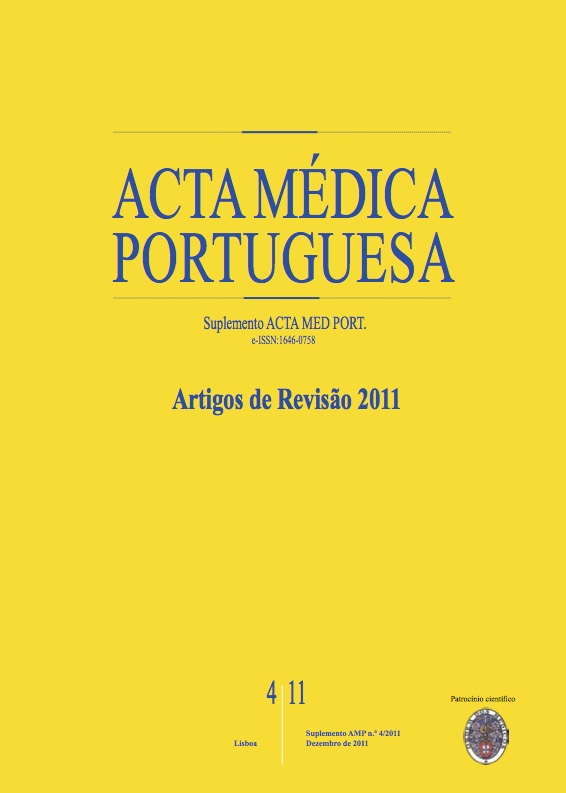Peripheral facial paralysis: the role of physical medicine and rehabilitation.
DOI:
https://doi.org/10.20344/amp.1578Abstract
Peripheral facial paralysis (PFP) is a consequence of the peripheral neuronal lesion of the facial nerve (FN). It can be either primary (Bell`s Palsy) or secondary. The classical clinical presentation typically involves both stages of the hemiface. However, there may be other symptoms (ex. xerophthalmia, hyperacusis, phonation and deglutition changes) that one should recall. Clinical evaluation includes rigorous muscle tonus and sensibility search in the FN territory. Some useful instruments allow better objectivity in the patients' evaluation (House-Brackmann System, Facial Grading System, Functional Evaluation). There are clear referral criteria to Physical Medicine and Rehabilitation. Treatment of Bell`s Palsy may include pharmacotherapy, neuromuscular training (NMT), physical methods and surgery. In the NMT field the several treatment techniques are systematized. Therapeutic strategies should be problem-oriented and adjusted to the patient's symptoms and signs. Physical methods are reviewed. In about 15-20 % of patients permanent sequelae subside after 3 months of evolution. PFP is commonly a multidisciplinary condition. Therefore, it is important to review strategies that Physical Medicine and Rehabilitation may offer.Downloads
Downloads
How to Cite
Issue
Section
License
All the articles published in the AMP are open access and comply with the requirements of funding agencies or academic institutions. The AMP is governed by the terms of the Creative Commons ‘Attribution – Non-Commercial Use - (CC-BY-NC)’ license, regarding the use by third parties.
It is the author’s responsibility to obtain approval for the reproduction of figures, tables, etc. from other publications.
Upon acceptance of an article for publication, the authors will be asked to complete the ICMJE “Copyright Liability and Copyright Sharing Statement “(http://www.actamedicaportuguesa.com/info/AMP-NormasPublicacao.pdf) and the “Declaration of Potential Conflicts of Interest” (http:// www.icmje.org/conflicts-of-interest). An e-mail will be sent to the corresponding author to acknowledge receipt of the manuscript.
After publication, the authors are authorised to make their articles available in repositories of their institutions of origin, as long as they always mention where they were published and according to the Creative Commons license.









